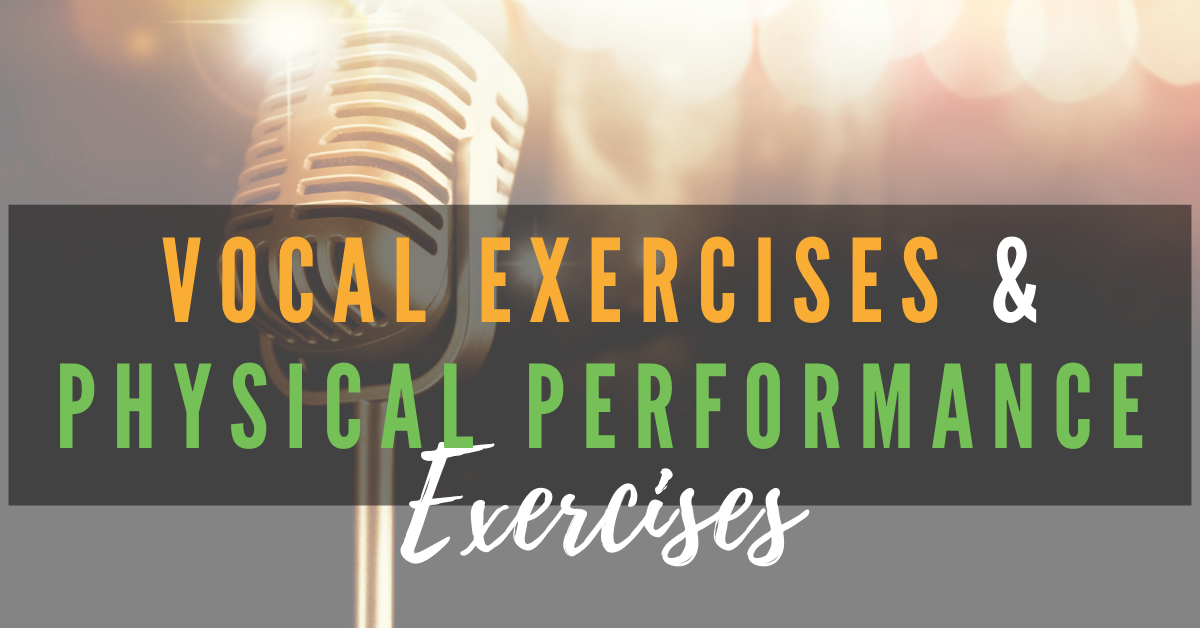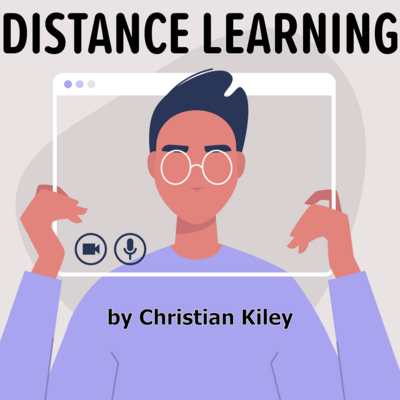
What’s Your Character’s Signature Gesture?
What is a signature gesture? It’s a nonverbal, repeated movement your character is known for, that you perform in a particular way that is unique and identifiable. Common, well-known gestures include the thumbs-up/thumbs-down, the peace sign, air quotes, shrugging, pointing, eye rolling, saluting, and tipping your hat. The list goes on and on! Some famous examples are Matilda’s defiant power pose (hands on hips, feet splayed, face in profile), Hamilton’s triumphant fist punch towards the sky, the cocky hair-combing of the T-Birds in Grease, and J. Pierrepont Finch’s fourth-wall–breaking look towards the audience in How to Succeed in Business Without Really Trying.
Task
Have your class brainstorm a list of well-known physical gestures. How many can you name? What do they mean? Do they mean different things to different people?
Why use gesture?
So why should you create a signature gesture for your character? For starters, it creates an interesting physical layer to your character. A signature gesture helps to identify your character from the others through their unique movement, and defines your character as someone different from you, the actor. It shows off your character’s personality. For example, eye rolling immediately identifies you as impatient, a high-five indicates a playful personality, and a firm, close-up handshake demonstrates a person not to be messed with.
Some gestures can indicate multiple personality traits. For example, a pointed figure could indicate someone of a scolding or authoritative nature (such as a parent or a teacher), but it could also be used by a helpful person giving directions. Conversely, different characters might have similar personality traits, but use different gestures to demonstrate them. A well-placed smirk and shrug of the shoulder can be flirtatious, but so could a raised eyebrow, a wink, or a hair toss.
Signature gestures also give the audience something to look forward to. When your character enters the stage, the audience will immediately be drawn to you, anticipating your signature gesture and when it will be used next. It creates a sense of familiarity and fun.
Task
From your list of physical gestures, have your class identify a personality trait that goes with each gesture; for example, pointing = authoritative, thumb sucking = immature or babyish. Some gestures might work with multiple personality traits. How do you differentiate them? (Feel free to demonstrate the differences!)
When should you use gesture?
When should you use a signature gesture? The best times to employ your signature gesture are at significant moments in the show, to make your point stronger – such as a funny comment, a fit of anger, or as an exclamation at the end of a sentence – or on a repeated phrase or joke. Signature gestures are also commonly used on the “button” at the end of a song, where the music finishes. The High School Musical jump is a well-known gesture that is repeated in each of the films and stage musicals, and is always used on the button of the final song of the show.
How can you find your character’s signature gesture? This is something you’ll explore during your rehearsal period and on your own time. Try different gestures to see what works for your character. Work with your fellow actors to ensure you are the only one doing your signature gesture, to keep your movement unique to your character. Or, look for places where others could “steal” or use your signature gesture – perhaps to taunt your character, to mimic your character, or to achieve or get something your character wants or has. For example, think of when Roxie Hart uses Velma Kelly’s gestures (such as crying into a handkerchief and fainting) while on trial in the musical Chicago – this prompts Velma to sing the song “Class.”
Work through your script and note important or significant moments where your signature gesture could improve or emphasize what you are saying or doing. Ask for feedback from your director, to ensure that your signature gesture works for your character and doesn’t upstage you or the other performers.
Task
Have your students come up with three possible signature gestures. Try using them during rehearsal. What feels most natural, and/or what looks best onstage.
Distance Learning Adaptation
1. Have students list as many gestures as they can think of, such as pointing, raising an eyebrow, winking, tipping a hat, shrugging shoulders, and so on.
2. Have your class brainstorm a list of well-known physical gestures from plays, television shows, or movies. How many can you name? What do they mean? Do they mean different things to different people?
3. One at a time, have students perform the sentence “Hey, how’s it going?” using a different gesture. Each student should aim to do something different. Experiment with different gestures, and where in the sentence the gesture is used. For example:
- “Hey” (finger point) “How’s it going?”
- (wink) “Hey, how’s it going?”
- “Hey, how’s it going?” (tip of the hat)
Ask your students: Does the positioning of the gesture in the line change the meaning of the line or perception of the character? Does a different gesture change how it feels to play that character? Does adding a gesture make it easier to portray a mood or emotion?
4. Have students try performing the same sentence and gesture, but portraying different emotions (scared, flirtatious, angry, secretive, etc.). How does that affect how the audience (i.e. the rest of the class) perceives the character?
5. Try this exercise again with the following sentences:
- “What do you think about that?”
- “I have a fantastic idea.”
- “It’s 9 o’clock… you know what that means.”
6. If you are currently studying a play in class, have students suggest signature gestures for the characters. Have them read lines from the play aloud and figure out where the signature gestures would be used in different scenes.
Related Articles
Create Your Own Choice Board: Drama Activities
by Lindsay Price
Choice boards give students the opportunity to choose how they want to learn a particular subject. Create Your Own Choice Boards: Drama Activities can help encourage your students' independence by allowing them to take an active role in their learning.
Distance Learning
by Christian Kiley
A play about trying to survive and thrive in a virtual classroom.




